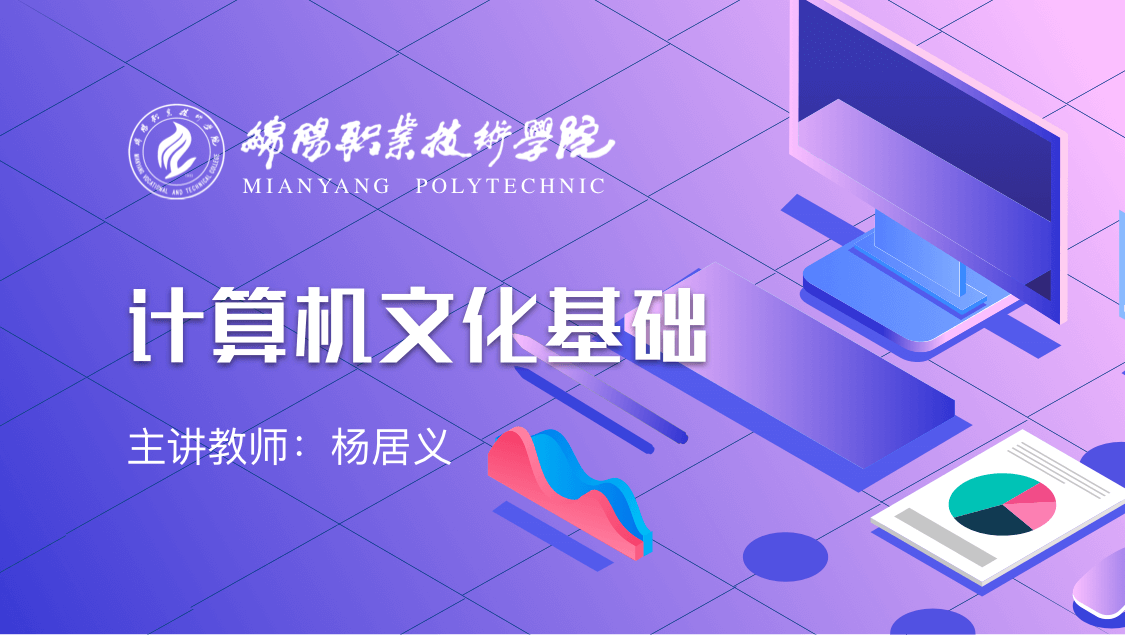
当前课程知识点:Entrepreneur Growth Plan > 8 Product Development and Design > 8.4 Verify the customer will pay for the product > 8.4.1 Authentic validation
返回《Entrepreneur Growth Plan》慕课在线视频课程列表
返回《Entrepreneur Growth Plan》慕课在线视频列表
各位同学大家好
上一节内容中我们学习了
设计和定义
最小可行商业产品
接下来就是要验证顾客
是否会为我们设计的商品买单
也就是说要对最小可行产品
进行测试了
测试的对象就是你的顾客
这是创业过程中
最关键的一个问题
因为如果没有顾客愿意
为你的产品买单的话
我们的产品就将没有市场
这意味着公司
将没有钱可赚
那么公司也就不复存在了
我们如何来验证顾客
是否会买单呢
在这一步中我们需要做两件事
一是以量化的方式
证明顾客会使用
你的最小可行商业产品
第二是设计指标
衡量最小可行商业产品
在顾客中形成的口碑
也就是说我们要用数据来说明
有多少顾客会采用
记住一定是要真实的验证
要凭真实的数据来说明问题
而千万不要凭主观臆断
为什么必须要进行验证
而不能进行主观臆断呢
大家下面来听一个小故事
从前离我们不远
有一个叫象牙塔的地方
那里有个化学家
他想研发更好的狗粮
那么它进行了无数细致的研究
了解了哪些食物可以改善小狗的健康
让他们变得更开心更快乐
后来他们研究出了一种突破性的狗粮配方
不但比其他的狗粮更健康
而且价格也只有
其他产品的1/10
那么吃了这种狗粮之后
我们的小狗它们会睡得更好
行为更乖
然后少掉毛 牙齿更白
然后对陌生人会更友好
听主人的话等等
那么他们在实验室里
从科学的角度进行了各种测试
得出的结果就是狗粮的味道不错
看起来万事俱备
只欠投产了
这个商业机会真的是太好了
于是这位化学家马上就开始行动
他筹措了一大笔钱
花了2000多万元
建立了狗粮工厂
而且和各地的经销商
也签订了合同
开展了盛大的营销活动
在他看来
这笔生意很快就会给他带来巨大的回报
最后产品生产出来了
可是当狗粮端上来之后
小狗们是什么反应呢
他们闻了闻就躲开了
谁也不肯吃一口
于是这家公司最终轰然倒闭了
那么这个故事虽然它是虚构的
但是非常形象的说明了
验证最小可行商业产品
在整个创业过程中的
重要性
验证的目的就是为了证明
你的顾客他是否愿意
为你的产品买单
就像是故事里所讲的
你认为你的产品好
没有用
得是你的顾客认为他好
更重要的是顾客得
愿意付费
购买你的产品
这样他才能算是真正的能够创造价值
-1.1 The era of the entrepreneur
-1.2 Entrepreneur is not natural-born
-1.3 Key to entrepreneurial success
-1 Entrepreneurship is A Learnable Ability
-2.1 Build the ambition
--2.1.1 Build the ambition-entrepreneurship
--2.1.2 Build the ambition-sense of social responsibility
--2.1.3 Build the ambition-entrepreneurial awareness
-2.2 The power of thinking
--2.2.1 The secret of thinking
--2.2.2 Thinking power 1: innovative thinking
--2.2.3 Thinking power 2: system thinking
--2.2.4 Thinking power 3: dialectical thinking
--2.2.5 Thinking power 4: strategic thinking
-2.3 Abilities of entrepreneurs
--2.3.1 Types of entrepreneurs
--2.3.2 Composition of entrepreneur abilities
--2.3.5 The self-management ability
-2 Cultivation of Internal Skills of Entrepreneurs
-3.1 Know yourself: know your own characteristics
-3.2 Know the others: environment and resources
--3.2.2 Entrepreneurial opportunity
-3.3 Decision-making: orientation of entrepreneurship
-3 Self-Positioning of Entrepreneu
-4.1 A story of enclosure for raising sheep
-4.2 Market segmentation
--4.2.1 Divergent thinking: find out all your potential customers
--4.2.2 Efficient market: you don’t have to serve all your potential customers
--4.2.3 Market research: a good way to select efficient markets
-4.3 Market launch: have you focused?
-4.4 End users: bring you cash flow
-4.5 Market size: how to make the initial estimate
-4.6 User image: tell a good story about users
-4 Where is Your Customer
-5.1 Complete product cycle application cases
-5.2 Advanced product specification
-5.3 Quantify value positioning
-5.5 Describe competitive position
-5 What Can You Offer Your Customers
-6.2 Determining customer decision-making unit
-6.3 Mapping the process of acquiring paying customers
-6.4 Estimating the follow-up market size
-6 How do Customers Buy Your Products
-7.2 Basic classification of business models
-7.3 Defining pricing strategy
-7.4 Estimating customer lifetime value
-7.5 Estimating the cost of customer acquisition
-7 How to Make Money from the Product
-8.1 Determining the important hypothetical conditions
-8.2 Test hypothetical conditions
--8.2.1 Meaning of testing hypothetical conditions
--8.2.2 How to test hypothetical conditions
--8.2.3 A correct view of the test result
-8.3 Define minimum viable business product
--8.3.1 Definition and value of minimum viable business product
--8.3.2 Core elements and definition method of minimum viable business product
-8.4 Verify the customer will pay for the product
--8.4.2 Description of a minimum viable business product validation case
-8 Product Development and Design
-Final Test



